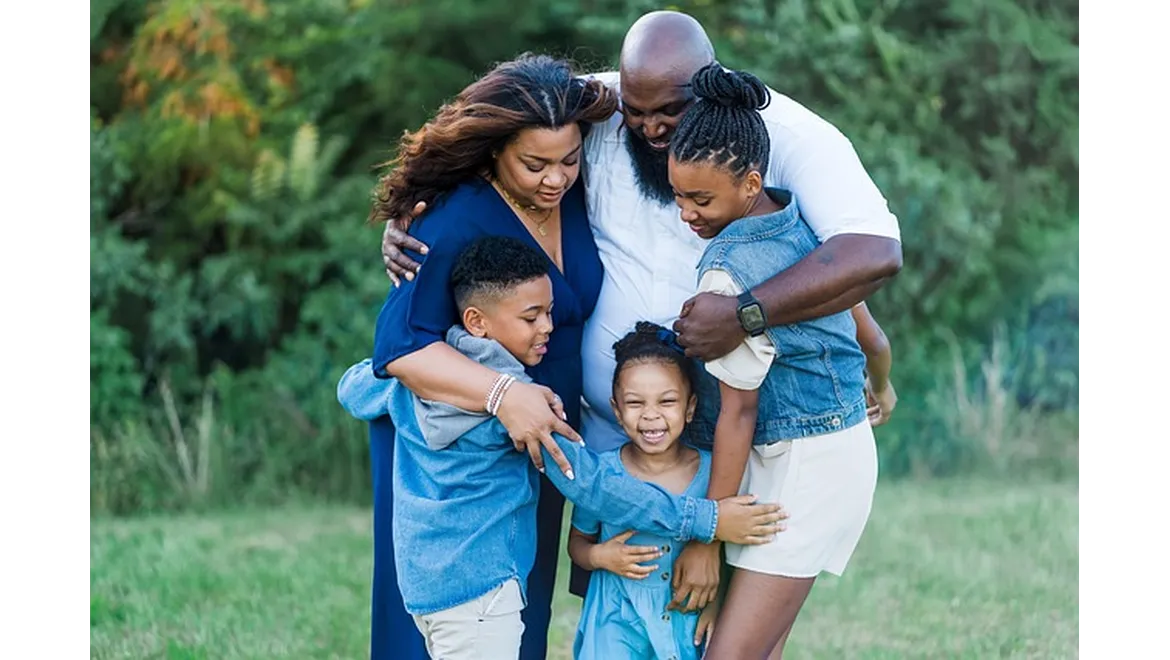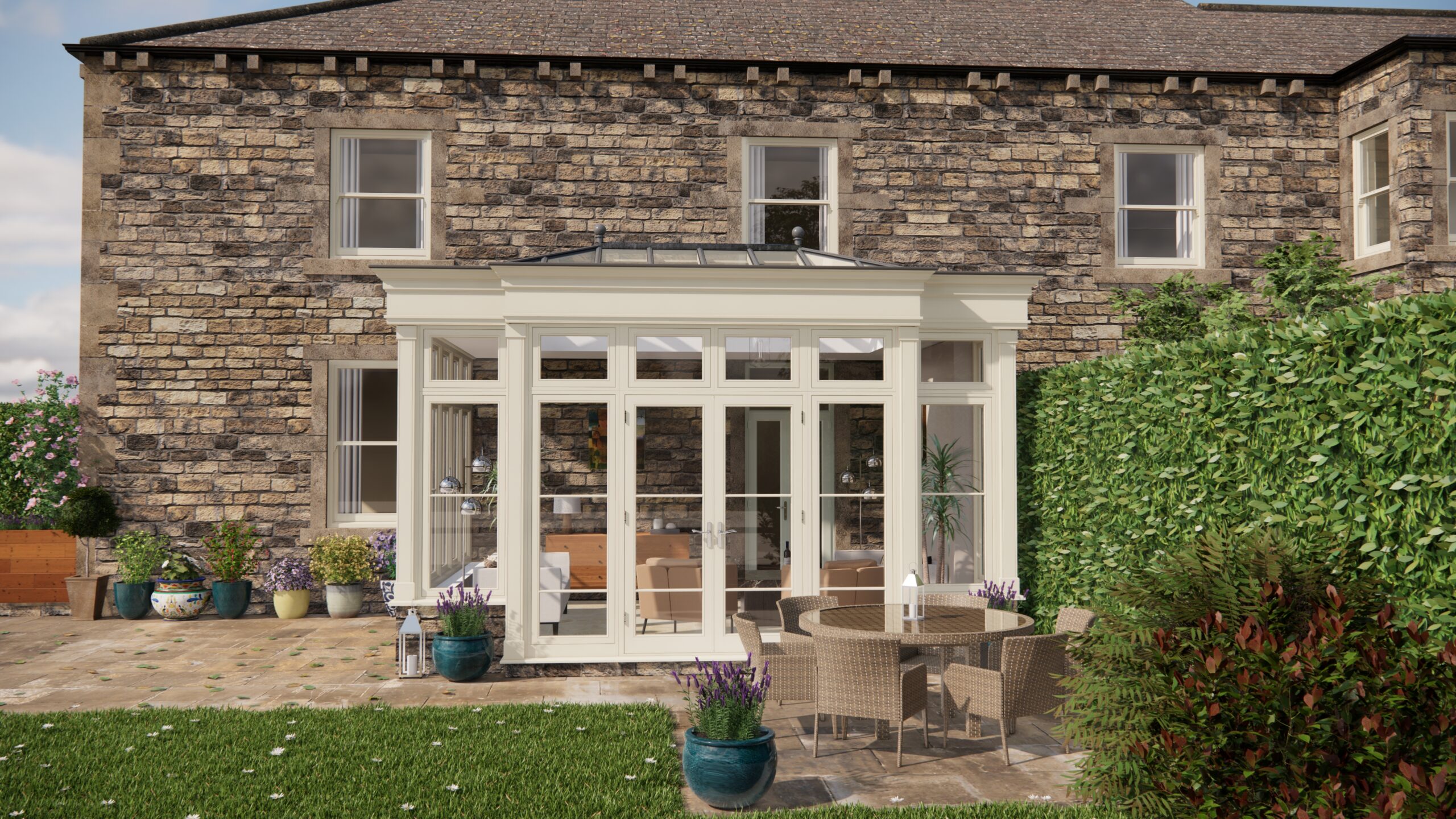I’m always on the lookout for ways to make my home a haven, a place where we can truly relax and thrive. So, when I had the chance to sit down with Madison, a mum of two and a decluttering extraordinaire, I jumped at it. We were talking all about wellness articles, especially those focusing on home exercise and relaxation, and the conversation naturally veered towards the monumental task of decluttering… especially with kids in the mix! Her experiences resonated so deeply, and I’m excited to share what I learned.
The Kid-Clutter Conundrum: Challenges and Realities
“Let’s be honest,” Madison started, sipping her tea, “decluttering with kids isn’t like tackling your wardrobe. It’s a whole different ball game!” She explained that the biggest challenge is the emotional attachment kids have to their possessions. Every toy seems to hold a cherished memory, a fleeting moment of joy they’re reluctant to let go of. Then there’s the sheer volume! Toys accumulate faster than dust bunnies, it seems, especially with birthdays, holidays, and well-meaning relatives. And let’s not forget the mess! The constant cycle of taking things out and not putting them away can be incredibly draining.
Involving the Little Ones: Making Decluttering a Family Affair
Madison’s approach is all about making decluttering a collaborative process, rather than a top-down mandate. “The key is to involve them from the start, age-appropriately of course,” she advised. For younger children, this might mean turning it into a game. “We play ‘treasure hunt,’ looking for toys they don’t play with anymore that can go to other children who would love them.” For older kids, she encourages them to think about the toys’ usefulness and if they still bring them joy. “Asking questions like ‘Does this toy still make you smile?’ can work wonders.”
She also emphasized the importance of setting realistic expectations and celebrating small victories. Don’t expect to declutter the entire playroom in an afternoon! Break it down into smaller, manageable tasks, and praise their efforts, no matter how small. Perhaps you could declutter one shelf at a time, or one box of toys per week to reduce the burden on all members of the household.
Creating Playful Zones: Designating Areas for Fun and Focus
“Organisation is key,” Madison declared. “Once you’ve decluttered, creating designated play areas is essential to maintaining a sense of order and encouraging independent play.” She recommends dividing the playroom into distinct zones for different activities. “We have a reading corner with a comfy armchair and a bookshelf, a creative area with art supplies and a table, and a building zone with blocks and construction toys.” Labelling boxes and shelves clearly also helps children understand where things belong, making tidying up a much easier (and less stressful!) task.
Toy Storage Solutions: Contain the Chaos!
We then dived into the practicalities of toy storage. Madison swears by clear storage bins. “Being able to see what’s inside makes it much easier to find toys and prevents everything from being dumped out at once,” she explained. She also suggested rotating toys regularly. “Pack away some toys and bring them out again after a few weeks. It’s like getting a whole new set of toys without spending any money!” Wall-mounted shelves and storage units are also great for maximising space and keeping toys off the floor. Think vertical storage for smaller rooms.
Wellness at Home: Yoga, Movement, and the Power of Orangeries
Beyond just decluttering, we talked about using the home space to promote physical and mental wellbeing. Madison mentioned incorporating age-appropriate yoga and movement activities into their daily routine. “Even five minutes of stretching or mindful breathing can make a huge difference, especially on stressful days,” she said. She suggested using online resources or kids’ yoga videos to make it fun and engaging.
We even mused about the benefits of having an orangery. Imagine a light-filled, airy space dedicated to yoga and relaxation! The natural light and connection to the outdoors would create the perfect environment for mindfulness and movement. I personally love the idea of bringing the outdoors in and creating a space that promotes a sense of calm and serenity. An orangery in this instance can provide a dedicated space that can bring many health benefits.
Drawing it All Together: A Calmer Home, A Happier Family
My conversation with Madison was incredibly insightful. It reminded me that decluttering with kids isn’t just about getting rid of stuff; it’s about creating a more functional, playful, and ultimately, more relaxing space for the whole family. By involving children in the process, creating designated play areas, and implementing smart storage solutions, we can transform our homes into havens of calm and wellbeing. And by incorporating activities like yoga and mindful movement, we can nurture both our physical and mental health. The most important thing is to do what works for your family and create a space that supports your collective wellbeing. So, are you ready to embark on your decluttering journey?


